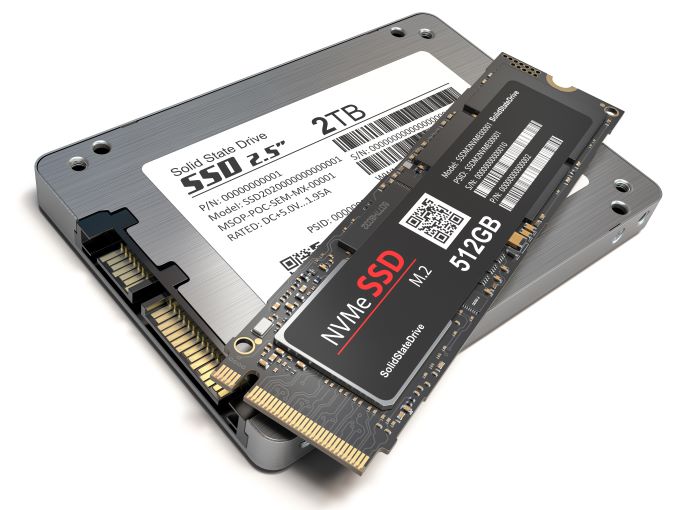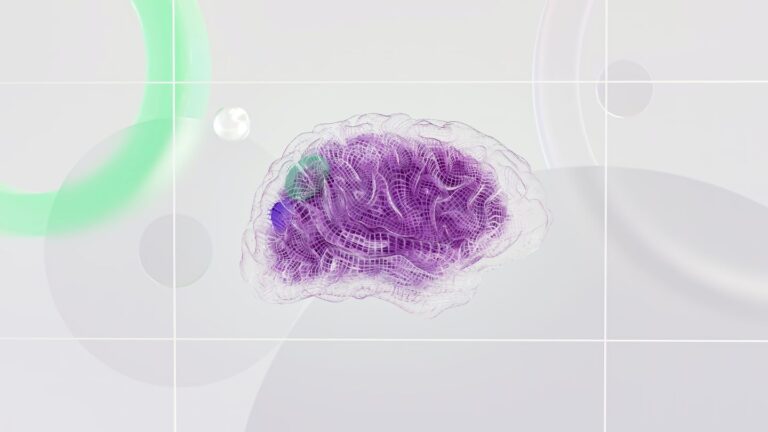
The evolution of technology is a constant cycle of old inventions making way for the new. In the context of storage, this transformation has been evident with the gradual shift from traditional spinning Hard Disk Drives (HDDs) to Solid State Drives (SSDs). As we venture deeper into 2023, the question arises – is traditional storage, as represented by HDDs, truly on its way out?
HDDs: The Backbone of Past Storage
Hard Disk Drives, commonly known as HDDs, have been foundational in the chronicles of computing storage. Invented in the 1950s, they were a marvel of engineering that laid the groundwork for the data revolution that followed in subsequent decades. Here’s a deeper dive into HDDs, understanding their rise and their significance in the storage world.
Mechanical Marvels

At the heart of every HDD lies an intricate mechanism. Picture spinning platters coated with magnetic material and a tiny arm that moves with incredible precision, reading and writing data at phenomenal speeds. This very mechanical nature, which includes moving parts, has been both an advantage and a limitation for HDDs. The ability to continually refine and improve upon this mechanical design allowed HDDs to expand their storage capacities drastically over the years, outpacing Moore’s Law, which dictates the pace of semiconductor advancement. However, the moving components also made HDDs vulnerable to shocks, wear and tear, and a natural limit on how fast data access could become.
Proliferation in the Digital Age
As the world transitioned into the digital era, the demand for storage grew exponentially. From personal computers to enterprise servers, the need to store vast amounts of data became paramount. HDDs rose to this challenge magnificently. Their design allowed for increasingly larger storage capacities, and economies of scale made them more affordable for the average consumer. By the turn of the millennium, multi-terabyte HDDs became commonplace, making it possible to store vast libraries of music, photos, videos, and documents on a single device. Interested in a high-quality HDD? you can go wrong with a Seagate Barracuda 2TB (Available on Amazon). Their ubiquity was such that they became synonymous with the very idea of digital storage for many years.
The HDD Ecosystem
Beyond just the drives themselves, an entire ecosystem grew around HDDs. File systems, partitioning tools, and data recovery solutions were tailored for the peculiarities and intricacies of HDD technology. Manufacturers like Seagate, Western Digital, and Toshiba became household names, driving innovations and competing fiercely in a booming market. External HDDs, Network Attached Storage (NAS) devices, and large-scale data centres capitalized on HDD technology, catering to both individual and enterprise storage needs.
In retrospect, while they might seem like relics in an age leaning towards SSDs, HDDs were undeniably pivotal in the evolution of digital storage. Their lasting impact is a testament to their importance, and even as newer technologies come to the fore, HDDs’ legacy in shaping the digital landscape cannot be understated.
SSDs: The Modern Vanguard
Evolution in Storage Technology

SSDs, or Solid-State Drives, are undeniably the poster children for modern storage. Representing a significant departure from the mechanical design of HDDs, SSDs leverage NAND-based flash memory. This non-volatile storage medium retains data even when the power is turned off, a trait shared with traditional HDDs. However, the absence of moving parts in SSDs brings about a myriad of advantages, ranging from faster access times and improved reliability to quieter operation.
Performance Par Excellence
Performance Par Excellence The performance metrics of SSDs are, simply put, impressive. Traditional HDDs, with their spinning platters, are constrained by rotational speeds. In contrast, SSDs offer nearly instantaneous data access. This results in significantly faster boot times, quicker file transfers, and enhanced overall system responsiveness. The transformative effect of an SSD is most noticeable when upgrading from an HDD-based system. Everything from application launches to multitasking feels snappier, breathing new life into older systems and providing a palpable difference in newer ones. If you’re looking to experience this boost in performance, such as the Crucial MX500 (Available on Amazon)
The Price and Capacity Journey:
When SSDs first emerged on the scene, their groundbreaking speeds came with a hefty price tag. They were the domain of professionals, enthusiasts, and those for whom performance was non-negotiable. However, like most technologies, economies of scale, coupled with technological advancements, led to a rapid decline in price per gigabyte. As manufacturers refined production processes and increased the density of storage chips, SSDs began offering larger capacities at more accessible price points. Today, multi-terabyte SSDs are not uncommon, catering to both mainstream users and professionals who require vast storage spaces without compromising speed.
Diverse Form Factors and Innovations
Another intriguing aspect of SSD evolution is the diversity in form factors. From the traditional 2.5-inch SATA drives to the more compact M.2 and U.2 formats, SSDs have been designed to suit a range of applications. NVMe (Non-Volatile Memory Express) technology has further pushed the boundaries of SSD performance, allowing these drives to communicate directly over the computer’s PCIe bus, bypassing many of the older bottlenecks. This continuous drive for innovation underscores the dynamic and evolving nature of SSDs in the modern tech landscape.
In essence, SSDs are not just a successor to HDDs; they are emblematic of the direction in which storage technology is headed—faster, more reliable, and increasingly versatile. As they continue to evolve, it’s clear that SSDs are setting the gold standard for what users can expect from storage in the 21st century.
The Landscape in 2023
By 2023, the storage landscape has shifted quite dramatically:

Consumer Electronics: Almost all new laptops, especially ultrabooks, come with SSDs as standard. The sheer speed and responsiveness they offer make them an obvious choice for daily computing needs. Even gaming consoles, which require quick data retrieval for seamless gaming experiences, now come equipped with SSDs.
Enterprise Needs: Data centers and cloud services are increasingly relying on SSDs for certain tasks, especially those requiring rapid data retrieval. However, for bulk storage where speed is not a priority, HDDs remain a cost-effective choice.
Market Availability: The consumer market for HDDs has shrunk, primarily being driven by large-capacity needs, NAS systems, and certain enterprise solutions. SSDs dominate the shelves, with various options catering to both everyday users and professionals seeking high-performance drives.
Pros & Cons
| Criteria | SSD (Solid State Drive) | HDD (Hard Disk Drive) |
|---|---|---|
| Speed | Significantly faster read and write speeds; quicker boot times and more responsive applications. | Considerably slower, especially in data access and read/write speeds. |
| Durability | Less vulnerable due to no moving parts. | Vulnerable to physical damage because of mechanical parts. |
| Energy Efficiency | Consumes less power leading to longer battery life and less heat. | Generally consumes more power, leading to shorter battery life. |
| Noise | Virtually silent operation. | Generates noise due to spinning disks and moving parts. |
| Cost | Usually more expensive per gigabyte. | Typically offers more storage for a lower price. |
| Storage Capacity | Larger capacities available but can be more expensive. | High-capacity HDDs are affordable and readily available. |
| Longevity | Limited write cycles per cell, but modern SSDs are robust for average users. | Can fail due to moving parts, but don’t suffer from write cycle limitations. |
| Weight | Generally lighter, beneficial for mobile devices. | Heavier compared to SSDs. |
| Heat Production | Produces less heat. | Moving parts can generate more heat. |
The Verdict. Evolution, not Extinction
While SSDs have become the face of modern storage, particularly in consumer electronics, it’s premature to declare HDDs extinct. Their cost-effectiveness for massive storage capacities ensures they still have a place in the tech world. They remain particularly relevant in data centres, backup solutions, and archival storage where speed isn’t the top priority.
Moreover, innovations in HDD technology, like Shingled Magnetic Recording (SMR) and Heat-Assisted Magnetic Recording (HAMR), promise to boost their storage capacity even further. This makes them attractive for scenarios requiring voluminous storage without the accompanying SSD price tag.
In conclusion, while the glory days of HDDs being the go-to storage solution for every application might be fading, they are far from dead. The storage debate isn’t about SSDs replacing HDDs but rather about choosing the right tool for the right job. In an era where data is paramount, there’s room for both to coexist, catering to different niches in the vast digital ecosystem.




